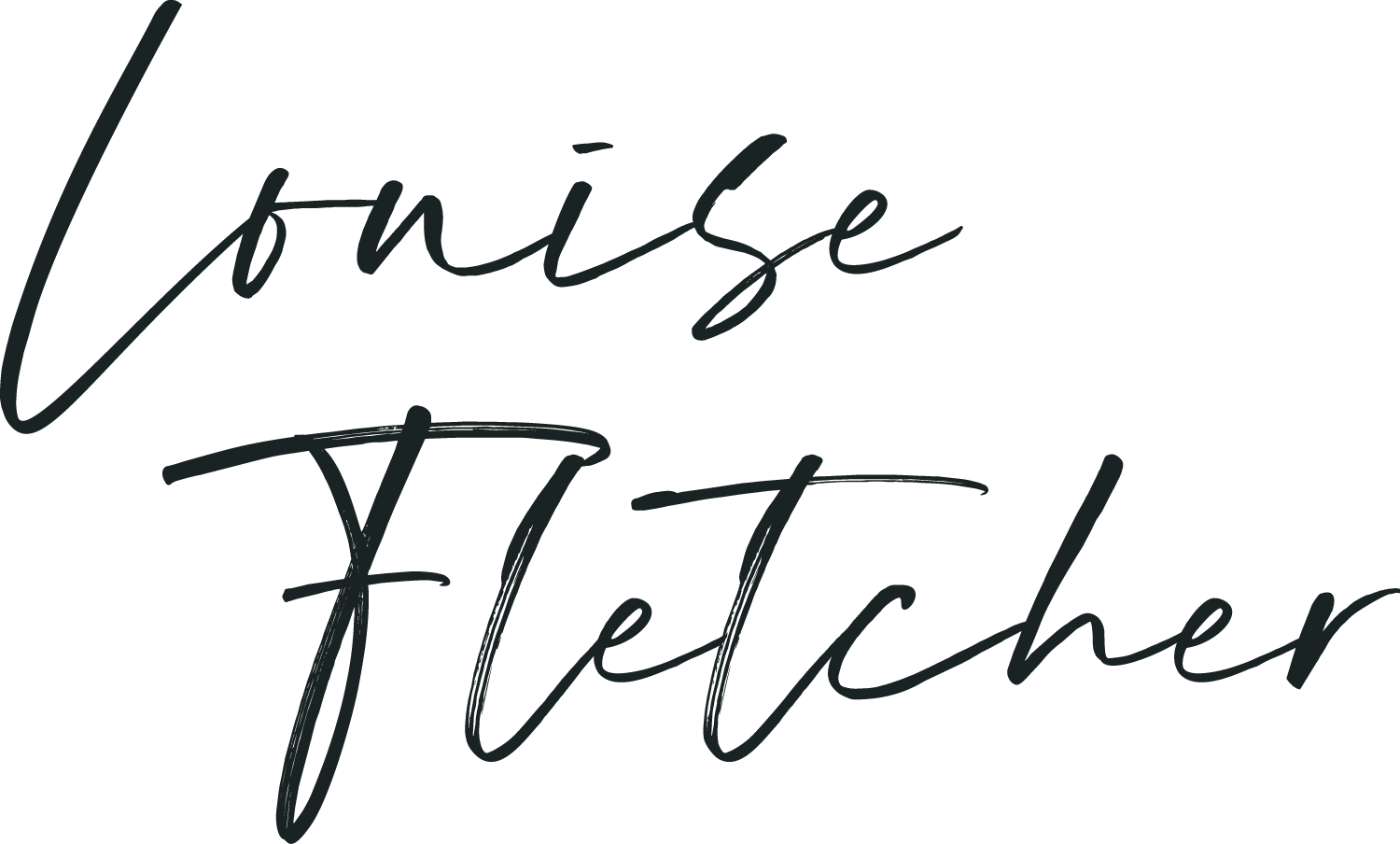Let's have some fun!
Today, I want to talk about wasting materials - and why I hope you'll embrace the idea.
I get it - making art can be really expensive. We've all had those moments when we physically flinch at the listed cost of a pot of paint (have you seen the price of Golden paints these days??). But here's the thing: as artists, we can't truly grow unless we're willing to continually take risks.
Every time we try to play it safe, we wind up with something that feels .... well, safe!
I often get asked some version of this question "How can I make art that feels free and adventurous and exciting?" but then follow-up by saying "but I don't like to waste paint."
Those two are mutually destructive aims - one cancels out the other. You can either save paint or make more adventurous work, but you can't do both at the same time. That's because you simply cannot make exciting artwork without also making a lot of disastrous messes. (Trust me I have piles of disastrous messes to prove my point!)
Now, I'm not saying you should go all Jackson Pollock and start flinging paint everywhere (unless you're into that, of course!). What I am suggesting is that we loosen our grip on perfection and embrace the happy accidents, the unexpected colour blends, and the intriguing textures that emerge when we step outside our comfort zones.
Remember, every time we think we've "wasted" paint, we've actually gained something invaluable—a lesson, an insight, or a new direction to explore. It's those unplanned moments that often lead us to big breakthroughs.
This can be hard to understand because we are used to having directions and rules. If you want to learn to cook for example, you can buy recipe books. They will instruct you step-by-step and by the end you will have an amazing dish. But imagine if you decided on a career change to become a chef. In that case, you would need to create your own recipes through trial and error. Now imagine doing that without "wasting" any food (!)
I think you get my drift ... there is no such thing as "wasting" paint because every single time you paint, you learn something new. Even if it's only what not to do next time.
This doesn't mean you have to use a £60 tub of Golden paint on your experiments. There are always less costly options. The very cheapest way to save money is to use house paint (It was good enough for Jackson Pollock and Keith Haring!) but you can also find budget paints that are quite good quality. Here in the UK we have System 3 and also Jackson's own brand of acrylics. In the US, I have heard good things about Nova acrylics. If you live elsewhere you'll need to do your own research, but there are usually options for you.
If money is really tight, you could even choose to work just with pencils and charcoal for a while, or with found collage papers - amazing things have been created using very simple media.
I also like to use heavyweight cartridge (or drawing) paper for some of my painting experiments. It feels less precious when it's only 50p a sheet rather than the cost of a canvas or wood panel. It does mean it will buckle, or even tear, but experiments are not for sale so it doesn't matter.
Finally, if even buying cheap materials doesn't help, I suggest unpacking the source of the problem. Where does this worry about waste come from? Is it valid in this particular situation? (chances are it's something from childhood that is simply not relevant to art-making). Once you understand the belief, you can start overriding it in your mind. Each time it comes up, you can just say "yes, thank you for that, but that doesn't apply here and I am off to buy more paint!"
The fear of waste comes up for most of us at some time or another, but we don't have to let it rule us. We don't have to let it get in the way of what we really want to do.
So I'd love to make a pact with you. Let's celebrate the joyful messiness of art-making and the freedom to express ourselves in whatever way we choose. We only go round once - let's make the most of it!

